How to Choose Bedroom Curtain Colors That Match Your Room
To choose bedroom curtain colors that match your room, start by evaluating your room's existing color palette, including the walls, furniture, and bedding. Select a curtain color that either complements these elements for a cohesive look or contrasts strategically to add visual interest while ensuring the overall aesthetic remains harmonious.
Selecting Bedroom Curtain Colors That Match
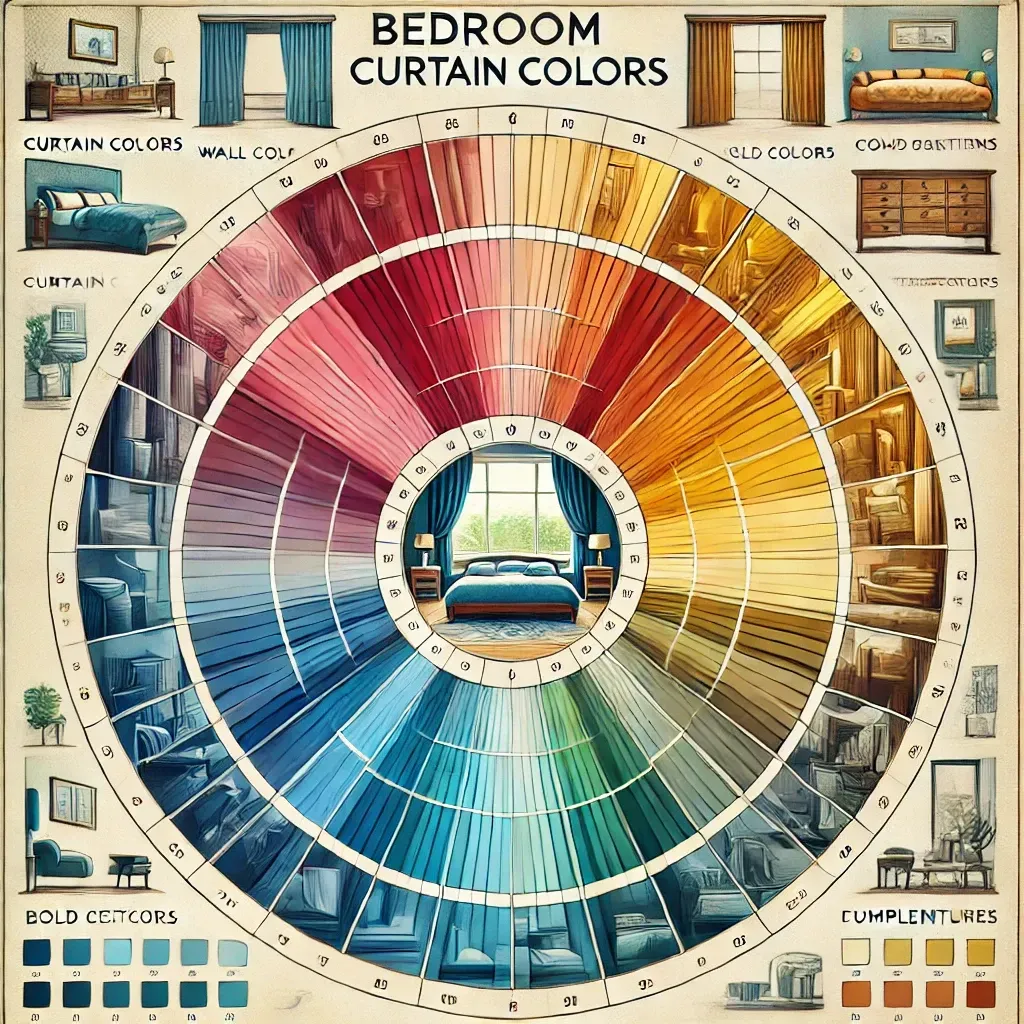
When it comes to matching bedroom curtain colors with your room, start by considering the overall color scheme of your space. This includes your walls, furniture, bedding, and any other prominent features. To choose the perfect curtain color:
- Match or contrast with the wall color: If you prefer a seamless look, select a curtain color that closely matches your walls. For a bolder statement, choose a contrasting color that adds depth and interest.
- Complement your furniture: Your furniture plays a crucial role in determining curtain colors. For instance, dark wood furniture pairs well with warm, earthy tones, while light-colored furniture might look best with cooler shades.
- Consider your bedding: Coordinating your curtains with your bedding can create a cohesive look. If your bedding has patterns, choose a solid curtain color that complements one of the shades in the pattern.
Matching Curtain Colors with Bedroom Décor
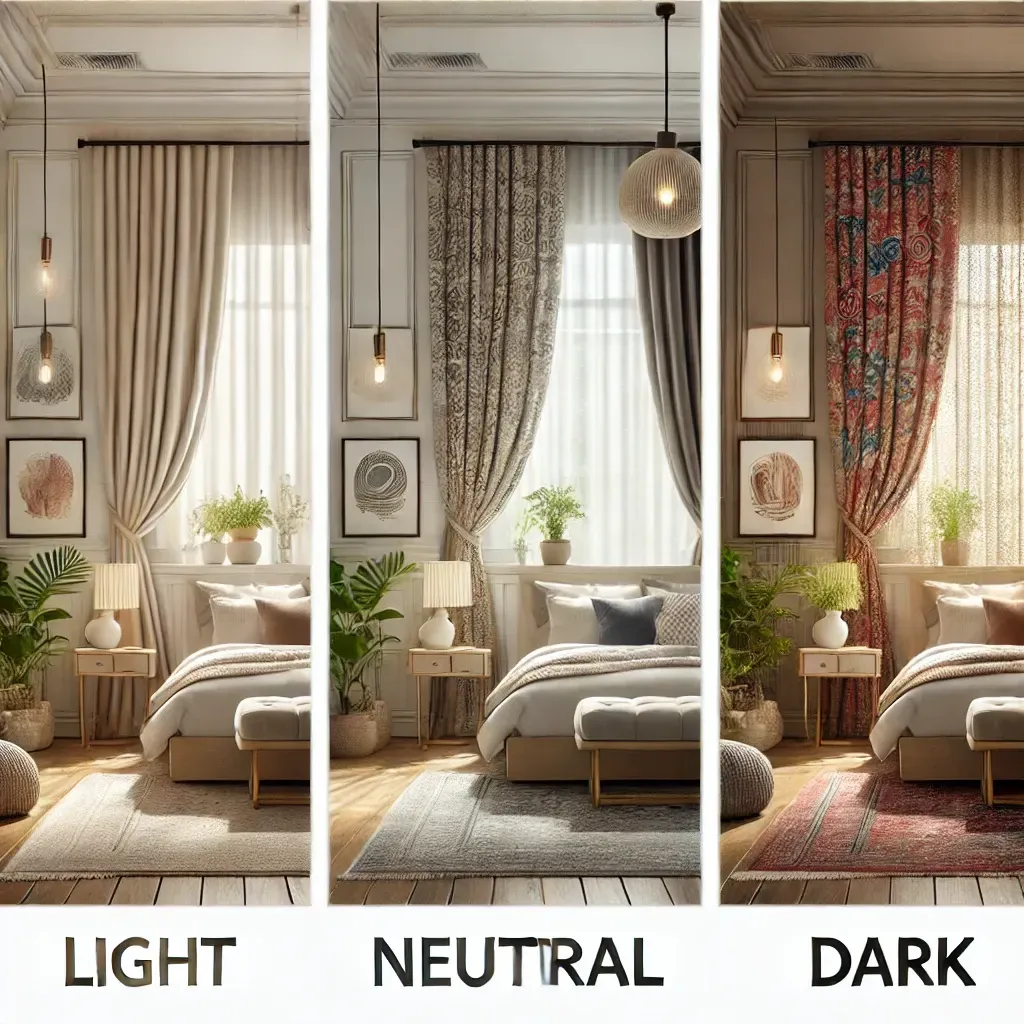
The process of matching curtain colors with your bedroom décor involves more than just selecting a shade that you like. It’s about creating a balanced and inviting atmosphere. Consider these tips:
- Understand your room's theme: Whether your bedroom has a modern, traditional, or eclectic style, your curtains should reflect this. For example, minimalist décor often calls for neutral or monochromatic curtains, while a bohemian style might benefit from vibrant, patterned curtains.
- Use accent colors: If your room features accent colors in pillows, rugs, or artwork, your curtains can echo these hues to tie the room together. This strategy works particularly well in rooms with neutral base colors, where the accents play a vital role in the overall design.
- Think about light: The amount of natural light your room receives can influence your curtain color choice. Light colors tend to make a room feel more open and airy, while darker shades can create a cozy, intimate atmosphere.
Bedroom Curtain Color Selection Guide
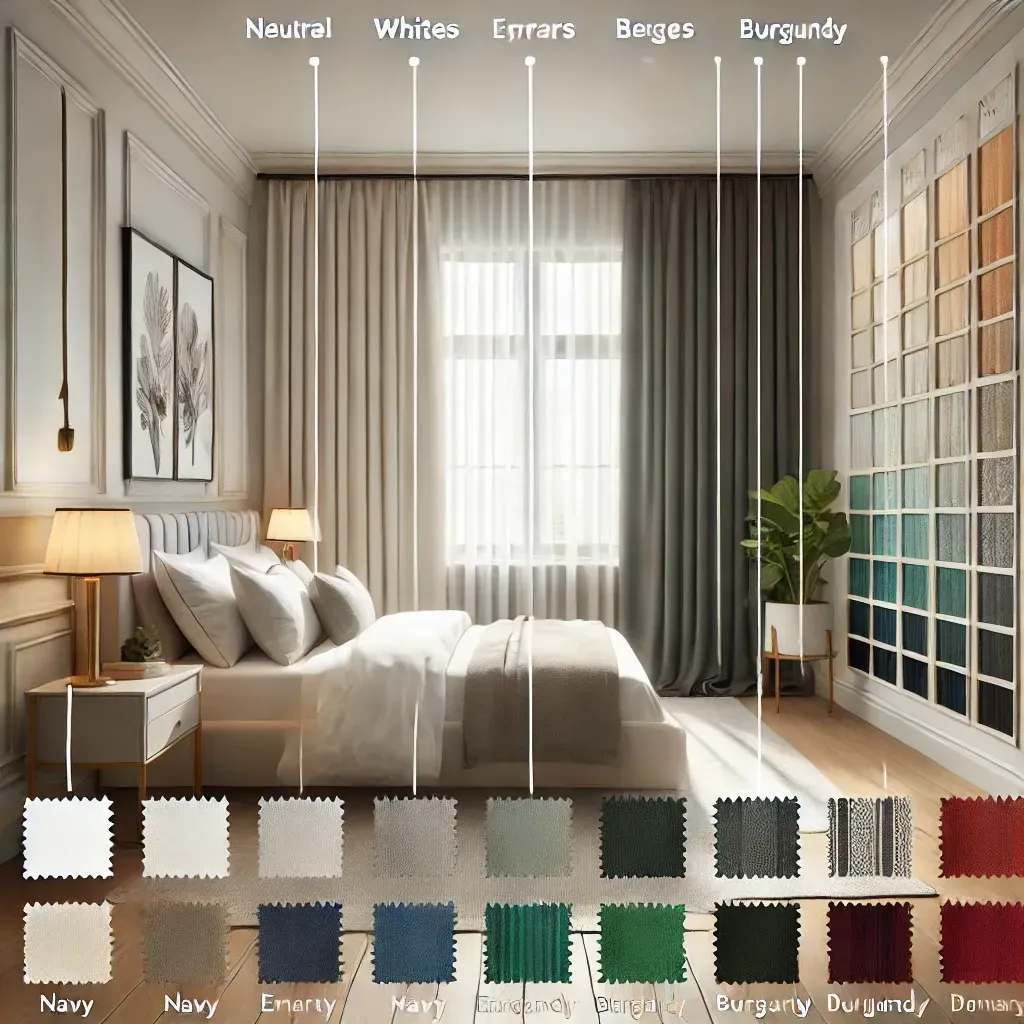
To help you further, here's a simple guide to selecting the perfect bedroom curtain color:
- Neutral tones: Ideal for creating a calm, soothing environment. Think whites, grays, and beige tones that blend seamlessly with most color schemes.
- Bold colors: Perfect for adding a pop of color to an otherwise muted room. Bold curtains in shades of navy, emerald, or burgundy can become the focal point of the room.
- Patterned curtains: Use patterns to add visual interest without overwhelming the space. Opt for patterns that include colors already present in your room to maintain cohesion.
Best Curtain Colors for Bedroom
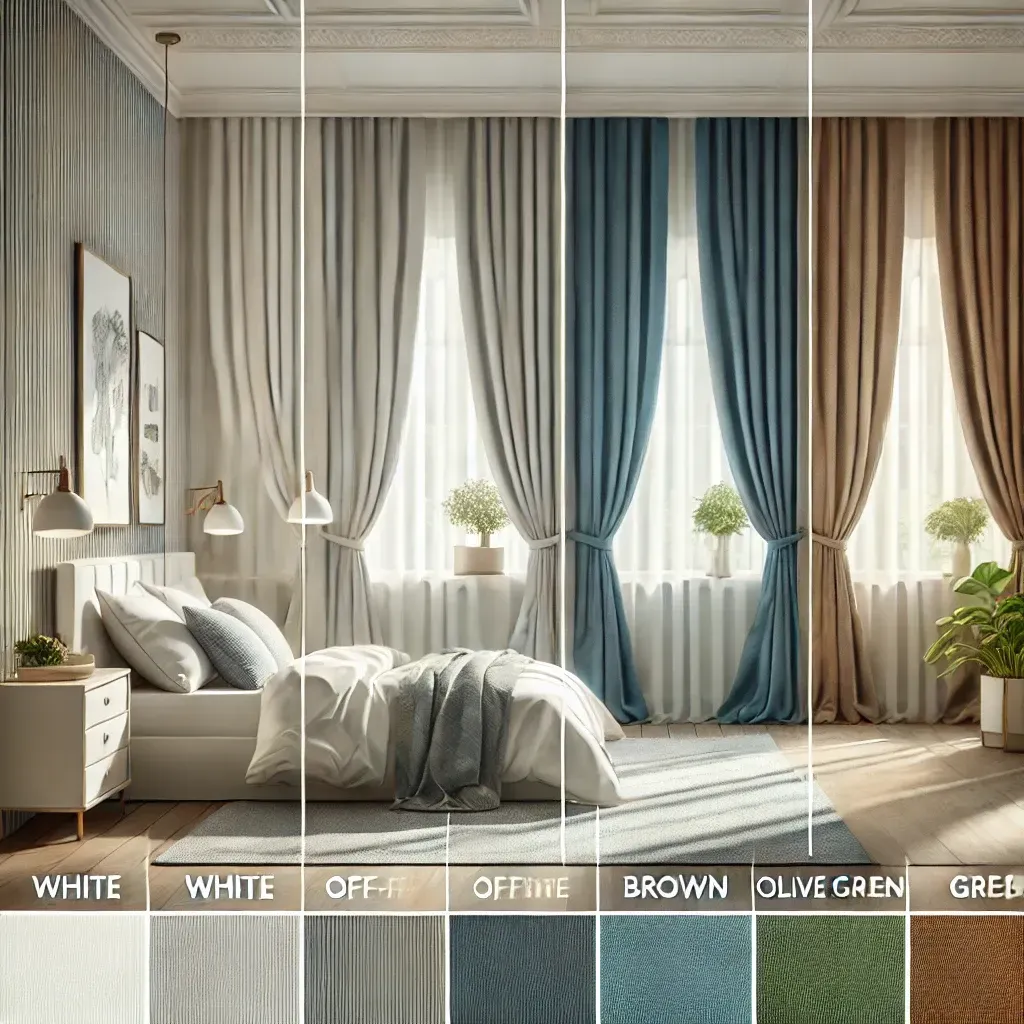
Choosing the best curtain color for your bedroom depends on your specific needs and style preferences. Some popular options include:
- White and off-white: These colors are versatile and work well with almost any décor. They also help to brighten up a room by reflecting natural light.
- Gray: A modern and sophisticated choice, gray curtains can add a touch of elegance without overpowering the room's design.
- Blue: Known for its calming effect, blue is a popular choice for bedrooms. Light blues can create a serene environment, while darker blues add a sense of depth.
- Earth tones: Colors like taupe, brown, and olive green create a warm, inviting atmosphere that is perfect for a restful bedroom.
Coordinating Curtains with Room Colors
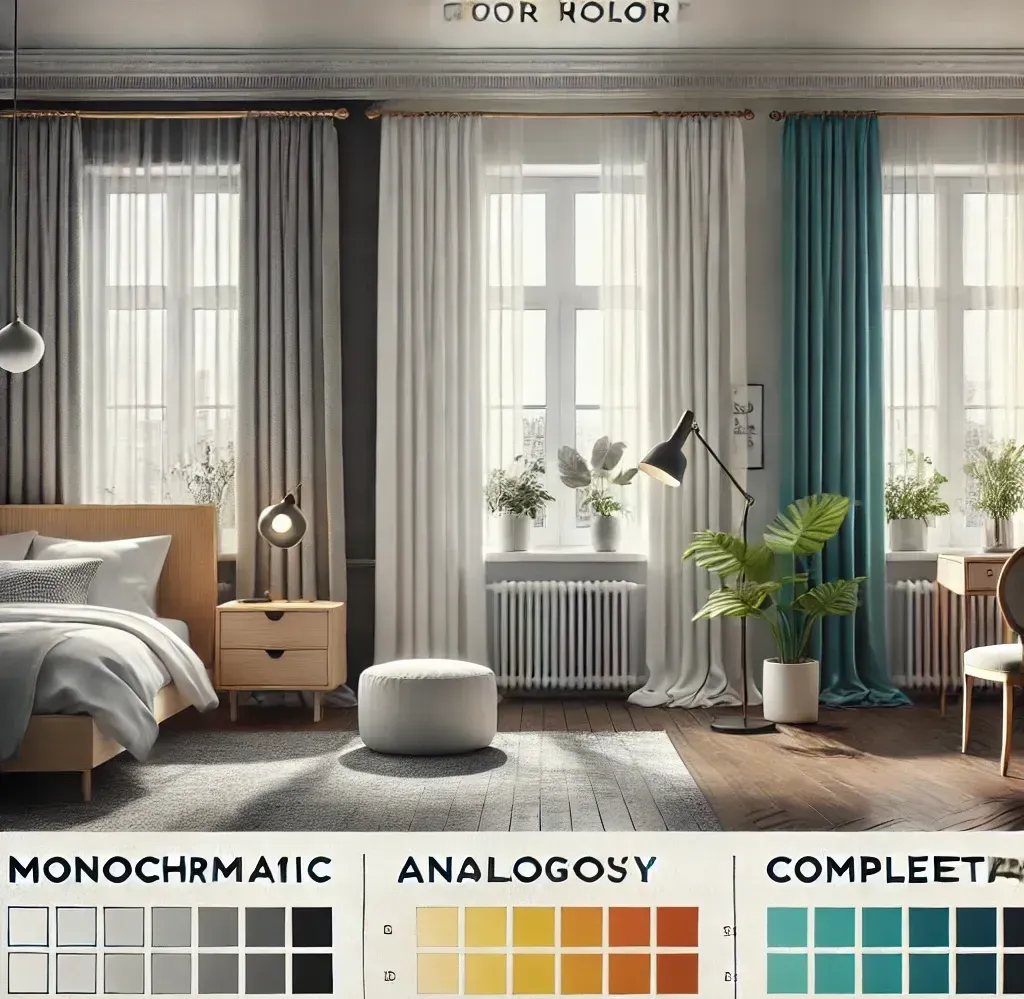
Coordinating your curtains with the room's color palette is crucial to achieving a unified look. Here’s how you can do it effectively:
- Monochromatic schemes: Stick to different shades of the same color for a subtle, sophisticated look. For instance, if your room is decorated in various shades of blue, opt for curtains in a similar shade but perhaps a different texture or pattern.
- Analogous color schemes: Choose colors that are next to each other on the color wheel. For example, if your room is primarily green, you might select curtains in a soft yellow or teal.
- Complementary color schemes: For a high-contrast look, choose colors that are opposite each other on the color wheel, such as blue and orange. This approach can make your curtains stand out as a striking feature in the room.
Matching Curtains to Wall Color
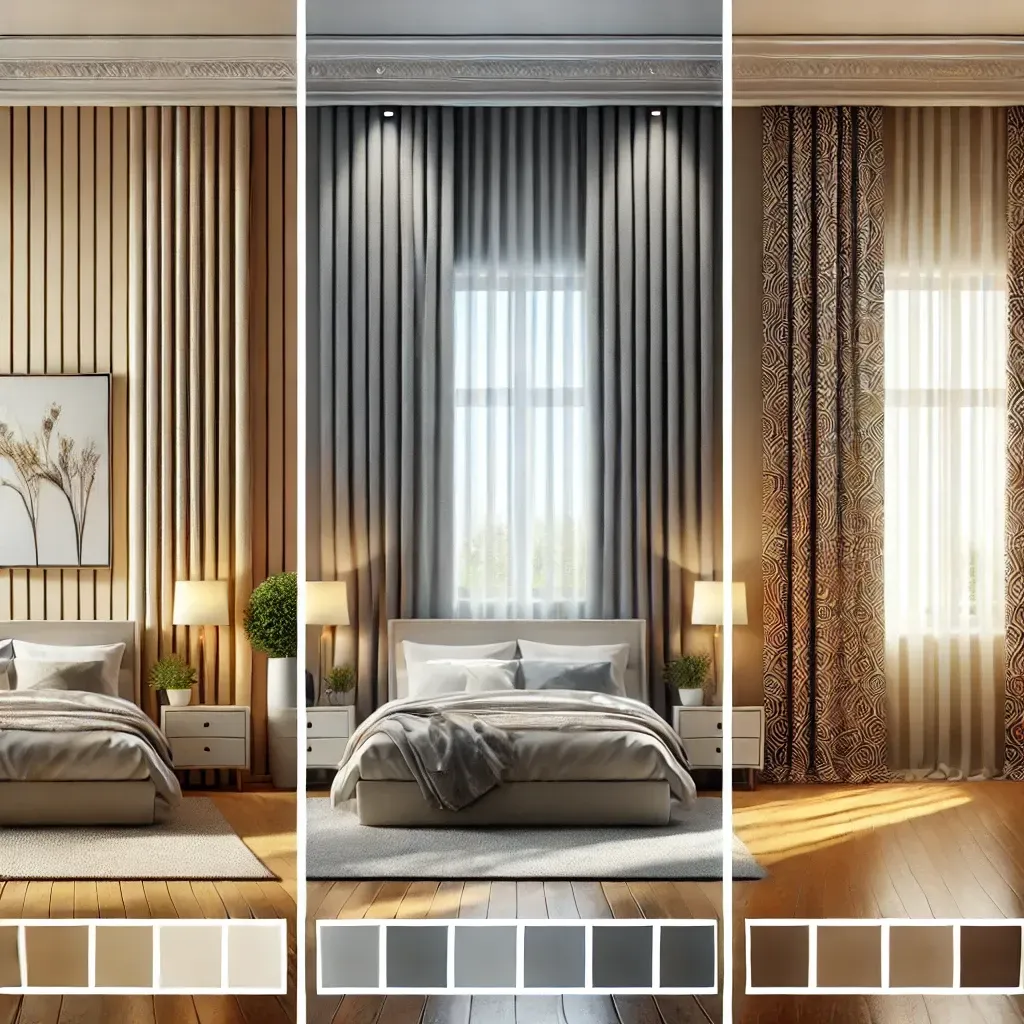
Matching your curtains to the wall color is a straightforward way to ensure a cohesive look. Here are some tips:
- Exact match: For a seamless, understated look, match the curtains exactly to the wall color. This technique can make the room appear larger and more unified.
- Lighter or darker: Choose curtains that are a few shades lighter or darker than your wall color to create depth and interest without a stark contrast.
- Patterned: If you prefer something more dynamic, select patterned curtains that incorporate your wall color. This adds visual interest while maintaining harmony with the wall color.
Curtain Color Ideas for Bedroom
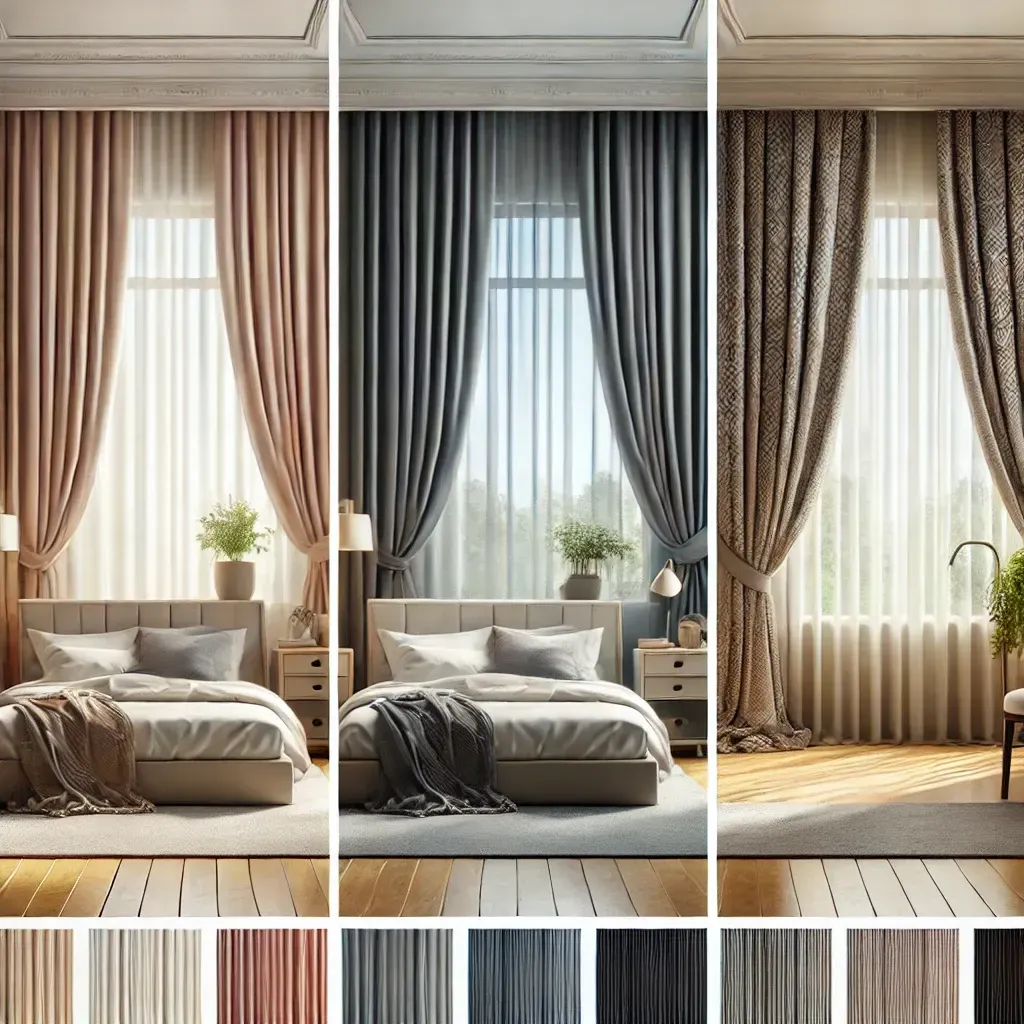
If you’re still unsure about what curtain color to choose, consider these popular ideas:
- Soft pastels: Ideal for creating a gentle, soothing atmosphere, especially in bedrooms meant for relaxation and rest.
- Dark hues: Great for adding drama and sophistication, especially in large bedrooms with plenty of natural light.
- Mixed patterns: Combine solid curtains with patterned valances or tiebacks to introduce a layered, designer look.
What Curtain Color Works Best with a Neutral Bedroom?
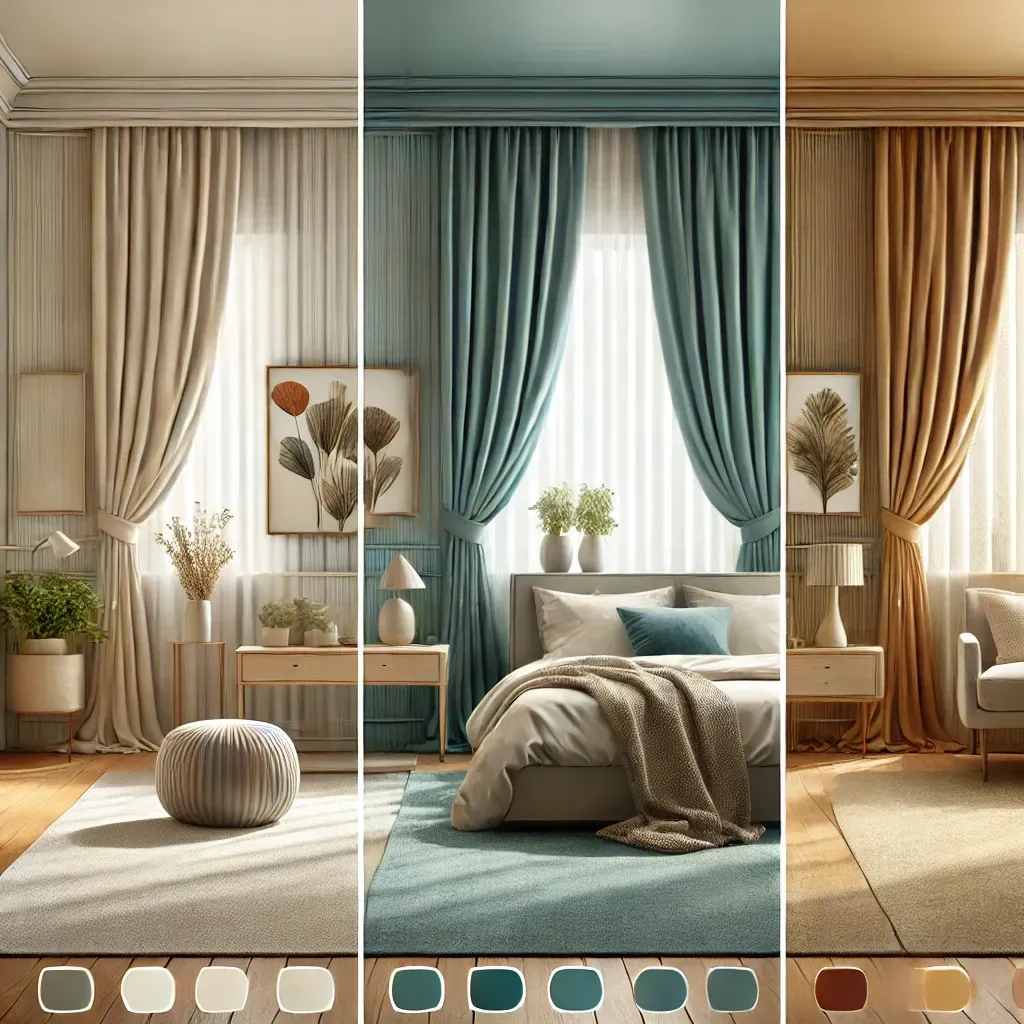
For bedrooms decorated in neutral tones, the curtain color options are wide open. Here are a few suggestions:
- Stay neutral: Keep the look serene by choosing curtains in similar neutral tones, like cream, beige, or gray.
- Introduce a pop of color: If you want to add a bit of vibrancy, choose curtains in a bold color like teal, mustard, or coral. This approach can add personality without overwhelming the neutral palette.
- Use texture: In a neutral room, textured curtains can add dimension without the need for strong colors. Consider options like linen, velvet, or silk.
Conclusion
Choosing the right curtain color for your bedroom is about more than just picking a shade you like; it’s about creating a harmonious and inviting space that reflects your style and meets your functional needs. By considering the existing color scheme, room décor, and the atmosphere you wish to create, you can select curtains that enhance your bedroom's overall design.

